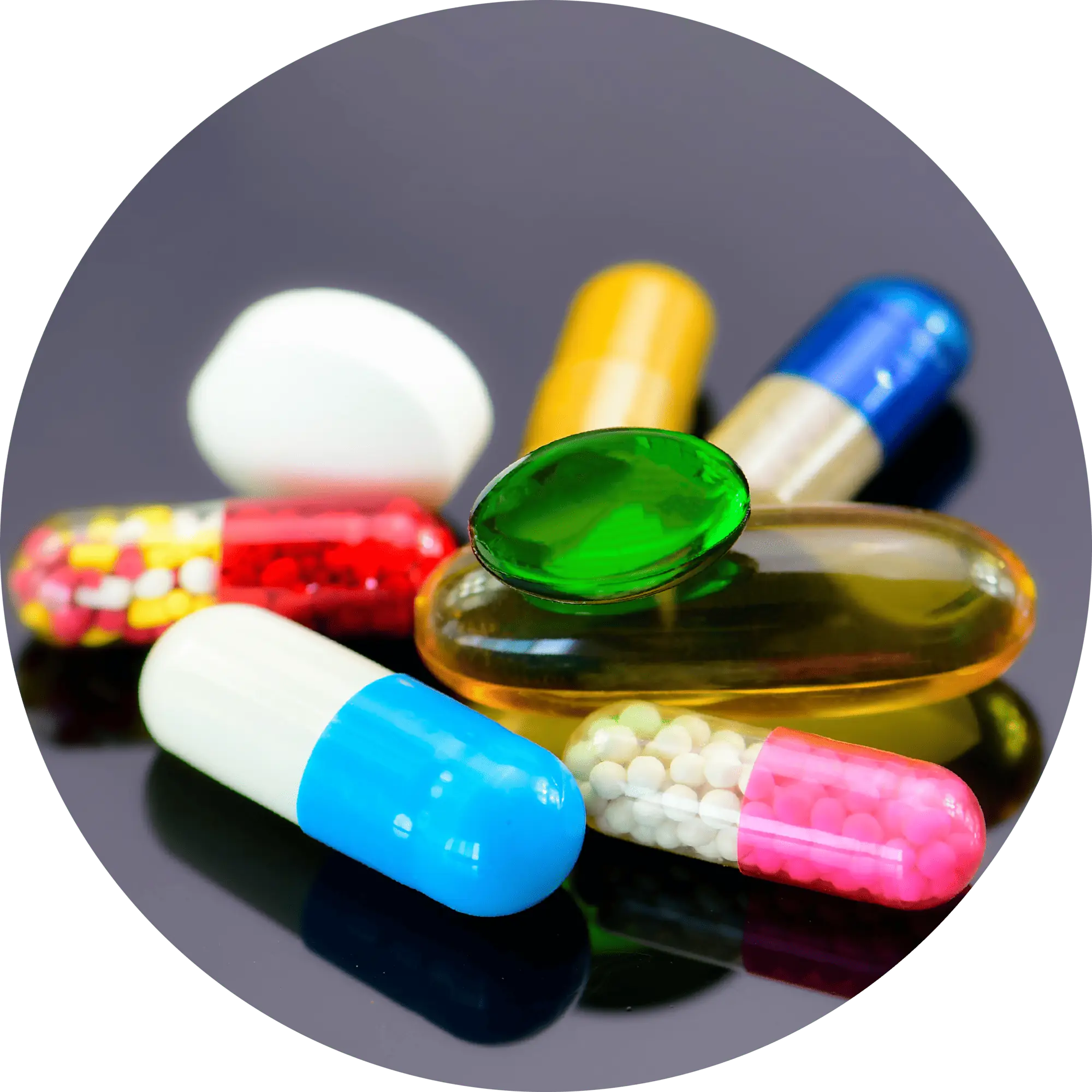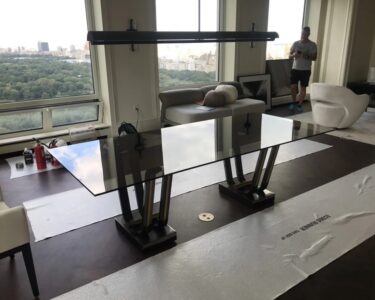Introduction
Maintaining high standards of quality and compliance is paramount in pharmaceutical manufacturing. This article delves into the critical aspects of ensuring product quality, meeting regulatory requirements, and implementing robust quality management systems to safeguard public health.
Quality Management Systems in Pharmaceuticals
Good Manufacturing Practice (GMP) Guidelines
Adherence to GMP guidelines is foundational to pharmaceutical manufacturing. GMP sets the standard for the design, monitoring, and control of manufacturing facilities and processes. Manufacturers must implement comprehensive quality management systems that encompass documentation control, personnel training, facility maintenance, and thorough record-keeping to ensure the consistent production of safe and effective pharmaceuticals.
Risk-Based Approach to Quality
A risk-based approach is increasingly adopted to identify and mitigate potential risks to product quality. By conducting risk assessments at various stages of manufacturing, pharmaceutical companies can proactively address potential issues. This approach enhances the effectiveness of quality management systems, ensuring that resources are allocated where they are most needed to prevent quality deviations.
Regulatory Compliance and Audits
Regulatory Inspections
Regular inspections by regulatory authorities, such as the FDA and EMA, are conducted to assess compliance with established standards. Pharmaceutical manufacturers must be prepared for these inspections, maintaining a state of constant inspection readiness. Robust documentation practices, stringent quality control measures, and a commitment to continuous improvement are essential components of a successful regulatory compliance strategy.
Corrective and Preventive Actions (CAPA)
CAPA processes are integral to quality management systems, providing a systematic approach to addressing and preventing deviations from quality standards. When non-conformities are identified, a thorough investigation is conducted, and corrective actions are implemented to prevent recurrence. This proactive approach not only ensures immediate resolution of issues but also contributes to the continuous improvement of manufacturing processes.
Conclusion
In the intricate world of pharmaceutical manufacturing, ensuring quality and compliance is non-negotiable. Robust quality management systems, adherence to regulatory guidelines, and a proactive stance toward risk mitigation are indispensable elements in safeguarding the integrity and safety of pharmaceutical products. As the industry evolves, a steadfast commitment to quality will remain the cornerstone of pharmaceutical manufacturing excellence.



